Living in Early Victorian London
£8.50
The most sensational crime of the epoch, the murder of Patrick O’Connor by Frederick and Maria Manning, filled the press in the summer and autumn of 1849. Michael Alpert uses the trial record of this murder, accompanied by numerous other contemporary sources, among them journalism, diaries and fiction, to show how day-to-day lives, birth, death, sickness, work, shopping, cooking, and buying clothes, were lived in the crowded, noisy capital in the early decades of Victoria’s reign. These sources illustrate how ordinary people lived in London, their incomes, entertainments, religious practice, reading and education, their hopes and anxieties. Life in Early Victorian London reveals how ordinary people like the Mannings and thousands of others experienced their multifaceted lives in the greatest capital city of the world.
Early Victorian London lived on the cusp of great improvements, but it was a city which in some aspects was mediaeval. Its inhabitants enjoyed the benefit of the Penny Post and the omnibus, and they were protected to some extent by a police force. The Mannings fled their crime on the railway, were trapped by the recently-invented telegraph and arrested by ‘detectives’ (a new concept and word), but they were hanged in public as murderers had been for centuries, watched by a baying, drunken and swearing mob.
Read more
Additional information
| Publisher | Pen and Sword History (30 Jun. 2023) |
|---|---|
| Language | English |
| File size | 17966 KB |
| Text-to-Speech | Enabled |
| Screen Reader | Supported |
| Enhanced typesetting | Enabled |
| X-Ray | Not Enabled |
| Word Wise | Enabled |
| Sticky notes | On Kindle Scribe |
| Print length | 217 pages |
| Page numbers source ISBN | 1399060848 |



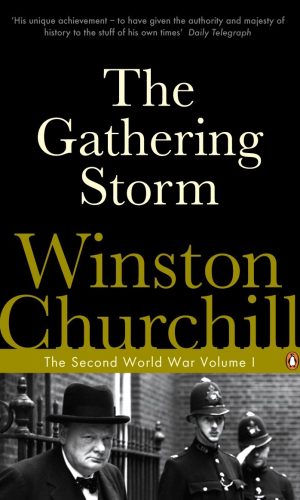

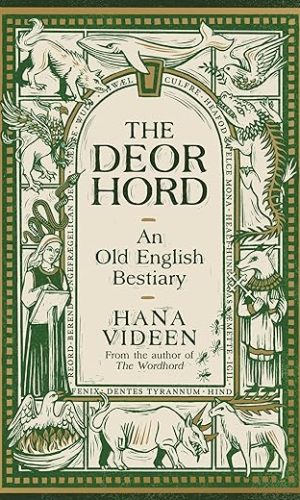

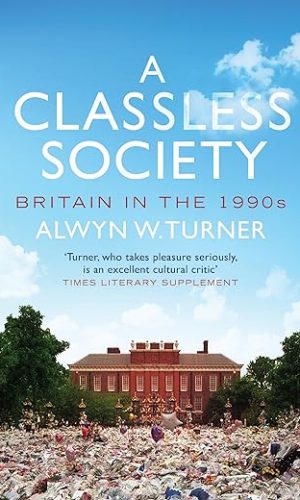
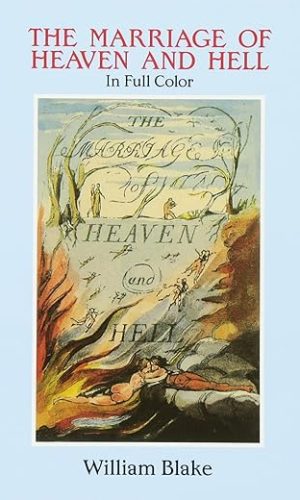
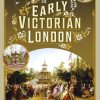
by CPE
Michael Alpert states in the preface to Living in Early Victorian London, “My choice of what to describe about the lives of ordinary lower middle-class Londoners is inevitably arbitrary.” That is completely fair – Professor Alpert is writing the book that he wants to write – but not strictly accurate. The author writes comprehensively about all the aspects of Victorian London life that I’d expect to see in a book like this, covering the period 1837 to the 1850s. That is, from the coronation of Queen Victoria to just before the Crimean War. It covers food and drink; dress; housing; communications (transport, telegraph, post); shopping; education; and many other topics.
Although Charles Dickens is mentioned (and quoted) many times, the author draws upon an impressive variety of sources. Just choosing five pages of the chapter on Communications, for example, we have Dickens, Thackeray (two novels), Punch, Disraeli, Melville, Ventura de la Vega, the Quarterly Review and Thomas Arnold.
Alpert uses Frederick and Maria Manning to illustrate many points. They murdered Patrick O’Connor in 1849 and were caught by Scotland Yard’s use of the telegraph. The reports of the court case inform us about the area in which they lived; their lifestyle; what they ate; and how Maria Manning dressed. Although I must admit to getting a little fed up of the Mannings by the end of the book, as a post-graduate history student, I do admire the way in which the author has used the comprehensive coverage of one event and its background to illustrate so many aspects of Victorian life. I hope I’ll be able to write so skilfully.
Whinges? The chapters are crammed with information and it is a very dense read. Don’t expect to read the whole book in a couple of evenings! Alpert also refers to Euston Square Station (a London Underground station opened in 1863 by the Metropolitan Railway as Gower Street) on two occasions where I think he means Euston Station (a mainline station built by the London and Birmingham railway, later the LNWR). Finally, Alpert mentions the type of beer known as porter and says it was later called stout. I’m not sure that “later called stout” is correct. I believe that some brewers created a stronger version of their normal porters and called it “stout porter” with the “porter” part of the name later being dropped. There was thus a period when stout and porter coexisted as (slightly) different drinks.
I’m not quite sure who the intended audience is for this book. It’s invaluable for a novelist wanted to set a novel in that period but it’s perhaps too dense for a casual reader wanting to get a flavour of Victorian life, while not specialist enough for a historian. I can strongly recommend it to anyone wanting a detailed picture of London life in the 1830s-1850s and who has a long attention span. I would love to see a companion volume covering the same period but focussed upon life outside London.
#LivinginEarlyVictorianLondon #NetGalley